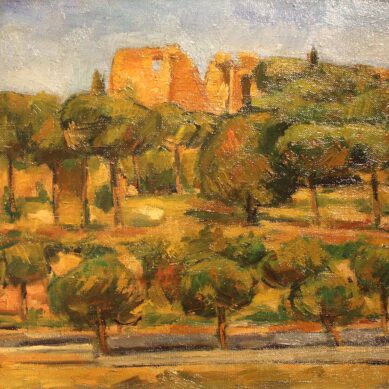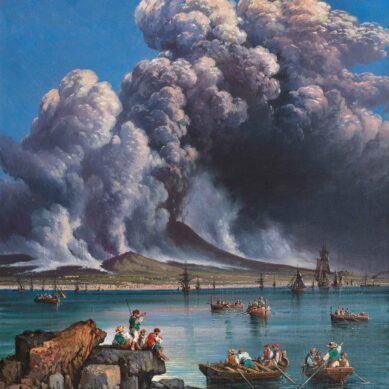You searched
Painter
Sironi Mario
Are you interested in the sales or the purchase of his artworks?
We buy works of this artist
and of other painters and sculptors from the 16th century to the first half of the 20th century
The Berardi gallery offers a free and without obligation service for evaluation of ancient and modern art . To find your way in the art market, very complex and full of nuances, it is better to rely on a professional consultant who can answer fast and concretely to your needs. The clarity of the answers will resolve effectively the need to estimate or sell an asset.
Contact us immediately without commitment
Answers also in 24 hours:
Sironi Mario
Sironi Mario
Mario Sironi was born in Sassari in 1885. During the following year his family moved to Rome, the city where he spent his childhood and where his artistic training took place. After interrupting his classical studies, he enrolled at the Scuola Libera del Nudo, where he met Giacomo Balla, whose studio he frequented assiduously.
The first approaches, between Divisionist experimentation and Cubo-Futurism
In the early years of the 20th century, it was in Balla’s studio that the young artist formed a bond with Gino Severini and Umberto Boccioni, and began to experiment with Divisionism, which Sironi himself destroyed.
In 1905, he began to move away from Rome: he frequented Milan and made several trips to France and Germany to keep abreast of European innovations. In the 1910s he was particularly close to Futurist poetics, which he also read in a Cubist key, revealing affinities with Léger.
He participated enthusiastically in the World War and immediately after the war, in 1919, he held his first solo exhibition at the Casa d’Arte Bragaglia in Rome. This was also the year he moved to Milan, which was to become his adoptive city and enabled him to become one of the most successful artistic personalities of the 1920s and 1930s.
The Novecento Group
In 1920, together with Leonardo Dudreville, Achille Funi and Luigi Russolo, he signed the manifesto entitled Contro tutti i ritorni in pittura. At the same time, he began to devote himself to the series of Urban Landscapes, which began to identify his rhythmic painting, with its brown tones and closed, silent syntax. It was a language that suited the nascent return to order, of which Mario Sironi was to be one of the major representatives within the Seven Painters of the Novecento.
This group, founded in 1922 in Milan under the protection of Margherita Sarfatti, exhibited for the first time in 1923 in Lino Pesaro’s gallery. In 1924, Sironi took part in the Venice Biennale, together with the group, with four works, Pupil, Architect, Figure and Venus, which inaugurated the painter’s most flourishing season, that of entre deux guerres.
It was here that his characteristic style made its mark, based on monumental, “architectural” painting, in which the heavy, imposing volumes of the archaic figures are set against austere, gloomy backgrounds. The archetypal and symbolic language of Sironi’s compositions emerged in all the Novecento exhibitions (he became, among other things, a member of the group’s board of directors) and also at the 1928 Biennale, where he had a personal room and exhibited eleven works including Landscape no. 1, Sculptress, Urban Landscape, Composition and Nude Study.
Mural Painting
In this artistic and organisational context, Sironi’s painting began to combine with an environmental vocation, which developed particularly in mural painting. The identifying language of the 1930s, it was inaugurated by the decoration of the Salone delle cerimonie at the Milan Triennale in 1933, where he executed The Work or Works and Days. A staunch defender of mural painting, he also intervened in the Manifesto della pittura murale, published by Massimo Campigli and Carlo Carrà in 1933 in “Colonna”.
During the 1930s, Mario Sironi completed decorative cycles all over Italy: from the Aula Magna of the Sapienza University in Rome in 1935 to the Aula Magna of Ca’ Foscari in Venice in 1937. The golden age of his artistic career ended with the war and the fall of Fascism. Right around the end of the 1930s, he returned to the motif of landscapes and urban peripheries, in compositions of an expressionist and allegorical nature, in which figures, objects, fragments of views and city buildings are superimposed on several narrative planes, including Composition of 1939.
In 1956 he was elected a member of the Accademia di San Luca by acclamation, after having received the Luigi Einaudi prize two years earlier. His last cycle of tormented canvases dates from 1960, in which the figurative language is combined with a biting and expressive handling of the dark palette. He died in Milan in 1961.
Elena Lago





